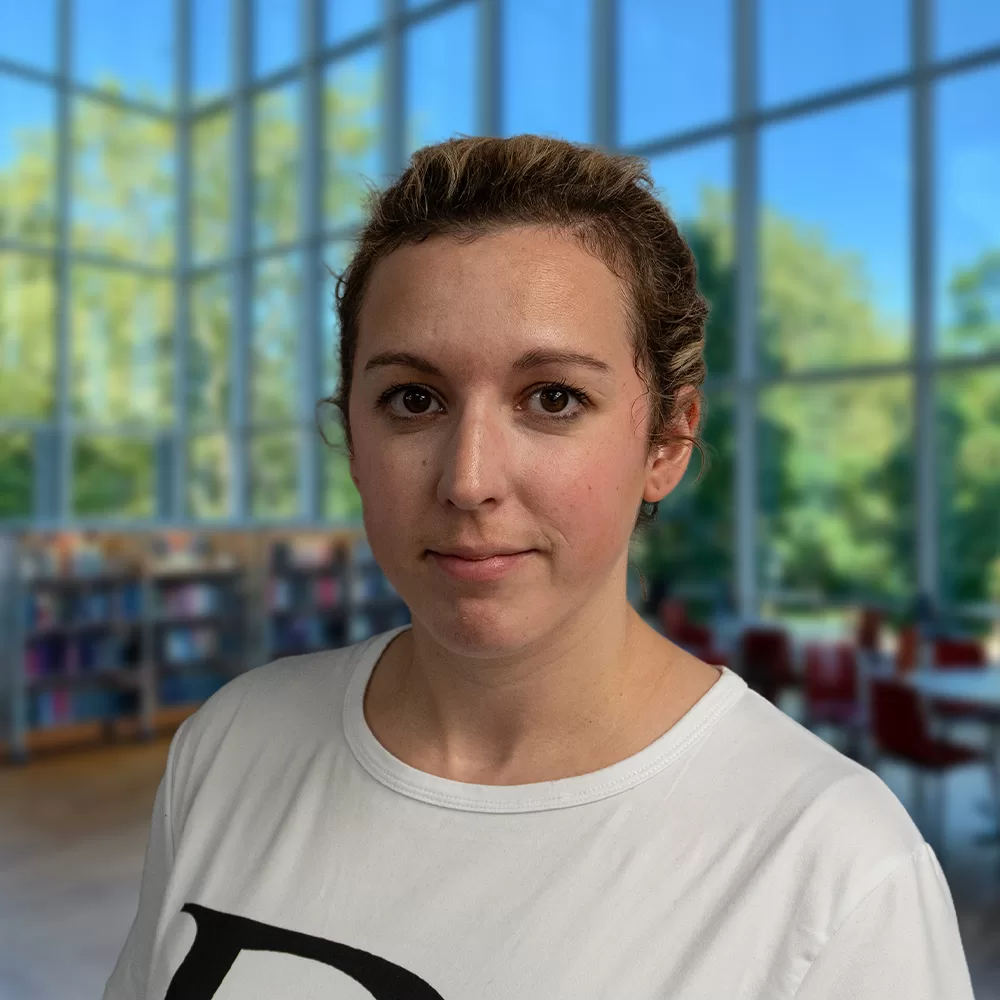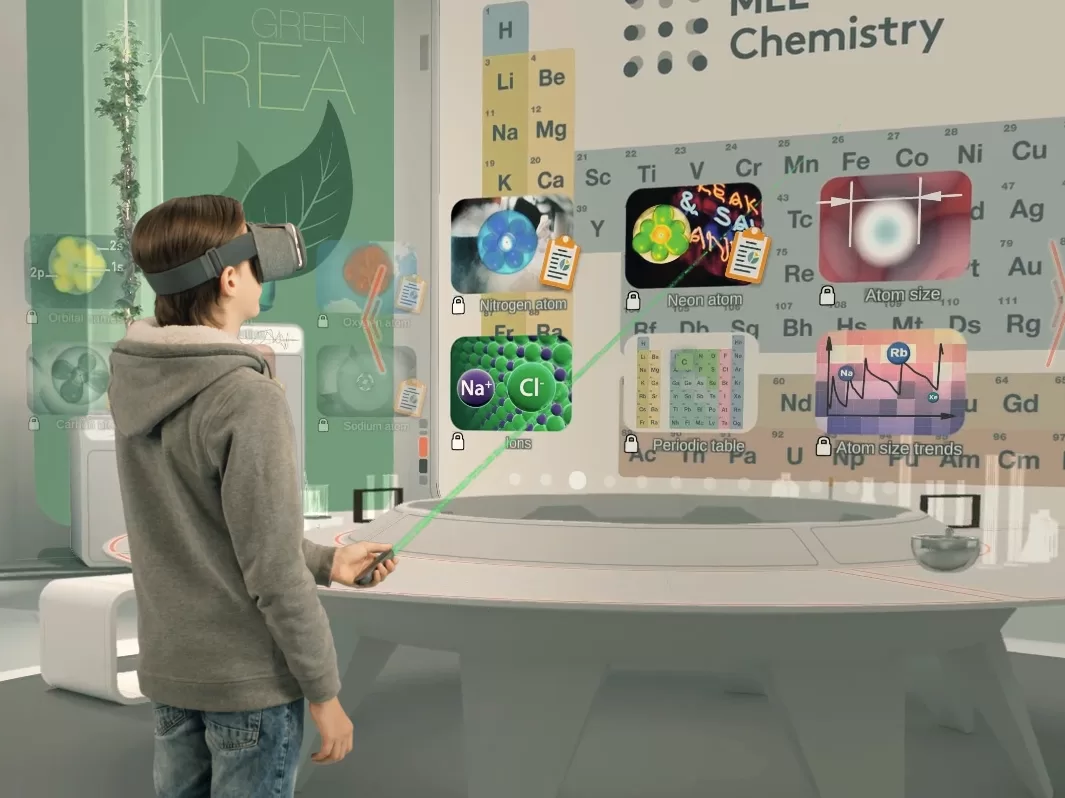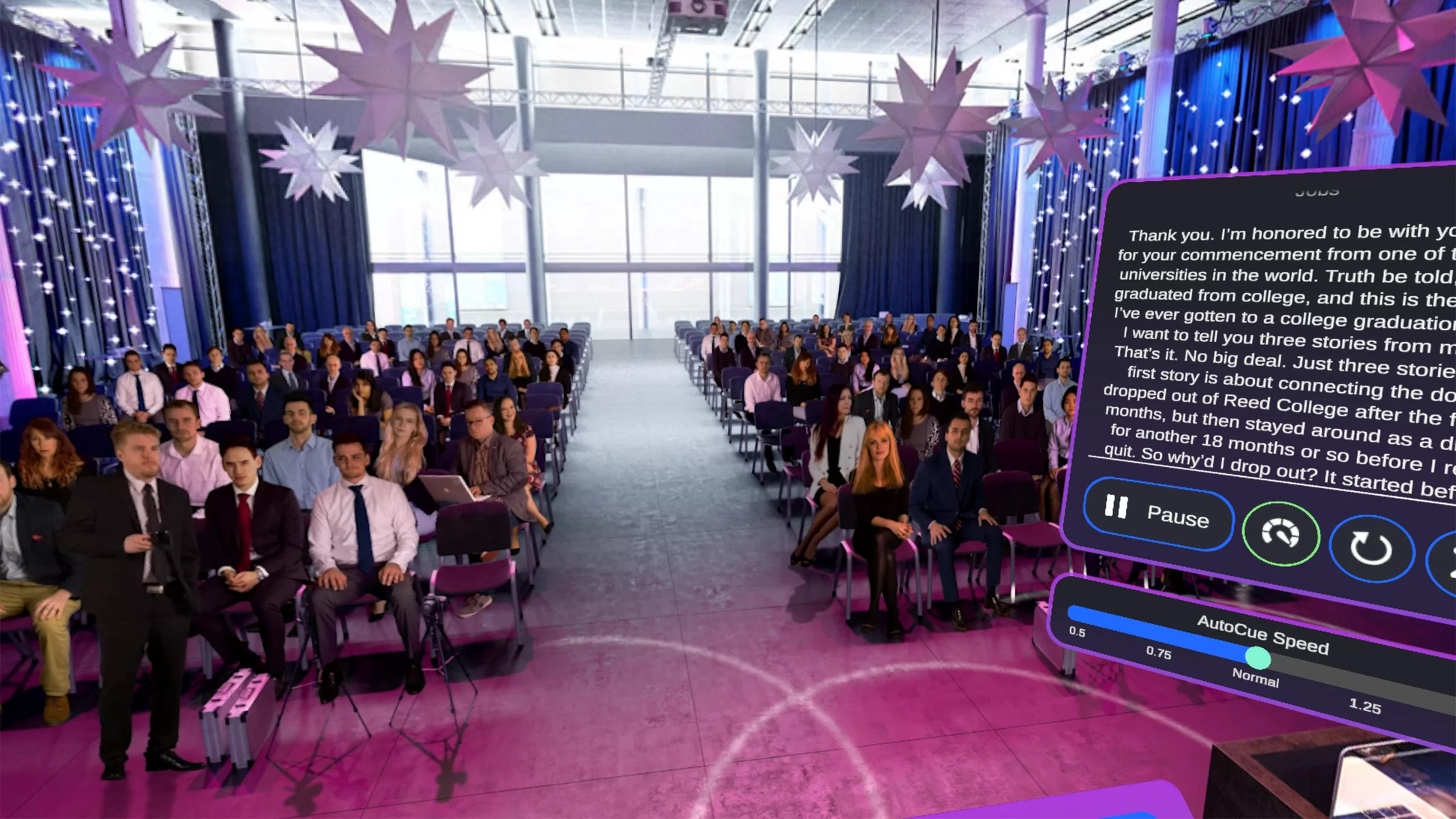
“Around 1 in 7 people in the UK are neurodivergent, meaning they see and process the world differently.”
As a neurodivergent person myself, I see and learn things differently to a lot of people. It doesn’t mean that I can’t do something; it means it may take me a little longer, or I just need to learn a different way. I found that my personal experience helped when I was teaching neurodivergent students, and I knew I had to get creative with their lessons. Not just to keep them engaged, but also myself.
Rather than focusing on deficits, neurodiversity celebrates these differences — and technology like VR is helping educators do the same. By allowing students to be immersed in another world, they remain focused and engaged, wanting to learn, because bringing tech into the classroom is exciting. We all remember the excitement during our own school days when the big TV was rolled into the classroom to watch a movie.
With traditional learning, students can easily get bored, fidgety and irritated. This doesn’t suit every student’s learning style. Neurodiverse students thrive through hands-on experiences, and being able to fully visualise what they are learning about. By recognising these challenges, educators can focus on creating more inclusive environments that celebrate different ways of thinking.
VR Increases Student Understanding
Think about telling students how small atoms are. Sure, you can show them a video, but that still doesn’t help them, especially if the video isn’t that interesting. Now imagine they can put on a headset, see a diamond right in front of them and then shrink down so small they can actually see all the atoms that make up that very diamond.
That’s what MEL Science can do when you’re teaching physics, which can be quite boring at the best of times. You can also transport students to one of the wonders of the world like the Pyramids in Egypt or the Taj Mahal. It may not be possible for students to actually visit these places due to anxieties or other factors. ExpeditionsPro allows them to see the world right in the comfort of their own classroom.

The benefits of VR is that it creates a safe environment for the students, they can explore at their own pace.
I once taught a science lesson about the heart, and I decided to dissect a cow’s heart as a way of getting them interested. Some students struggled with this as it was too much: the smell, the visuals, the feel. If I had the opportunity, these students would have put on a VR headset and looked at it in a virtual world, feeling better about the experience.
Practising Social Skills Through VR

There are also other areas VR can help with. A child with autism, for example, can practise social scenarios in a safe space, repeating them as often as needed. This can be done using Bodyswaps or VirtualSpeech, two applications that can help build confidence and prepare them for the real world. Students can feel anxious sitting with real people practising for a job interview.
In VR they are in their own world with virtual people who look animated enough to not feel too real. I believe this is the key, they don’t have enough facial expressions to look like they are judging. They feel cartoon-like so they don’t feel too real to the students.
VR allows students to explore new concepts in calm, controlled environments, removing many distractions. It also transforms learning into a fully immersive experience that adapts to each learner’s pace. Schools are using VR to teach STEM subjects through virtual experiments that don’t require expensive equipment. This can help with budgeting or environmental restrictions, something which I experienced as it was only a small school.
Therapists can create custom virtual environments for relaxation or focus training, helping learners manage anxiety. It’s that safe space neurodiverse students need and we can do that wherever they feel comfortable. Students can also practice skills such as crossing the street, something which can be very dangerous, so by allowing them to make mistakes in VR they can learn from them in a safe environment.
RedboxVR Kits Make Introducing VR Easy
At RedboxVR, we provide ready-to-use VR kits designed to make immersive learning simple for teachers and accessible for students. It makes it easy for anybody to set up the headsets and have students be able to access them in a short period of time, no waiting around for set-up, it’s all done in one go and can be done from a tablet.
Being a teacher meant that I was constantly busy, so if anything made my life easier, that was a bonus. We keep it simple because tech can be daunting for anybody, even teachers. It means that you can get them ready before the lesson and have them ready to go once the students are sitting at their desks.

I am not trying to sell a product here; I am trying to help those students who were just like me at school. Struggling to stay focused, struggling to understand what the teacher wanted me to learn. I want to help the students who don’t want to go to school, who find it boring. I remember when we had some tech in school, it was exciting, especially if you didn’t have it at home, and let’s face it, not all students can afford the latest technology.
By bringing VR and immersive experiences into lessons, school can be fun, exciting and informative for students so helping while ensuring they all hit that lesson objective. I actually enjoyed learning and still do; let’s get all students feeling that way. Imagine having this experience in school and then becoming a teacher with all the enthusiasm and creativity of those memorable lessons. We are not just teachers, we are inspirations.
If you want to create an immersive and exciting experience for your students, why not contact us? This can be as easy as making a phone call and asking me any questions you have.

Rebecca Kenyon
Immersive Learning Advocate
RedboxVR
